Worldwide Orange Order members had huge role to play in WWI
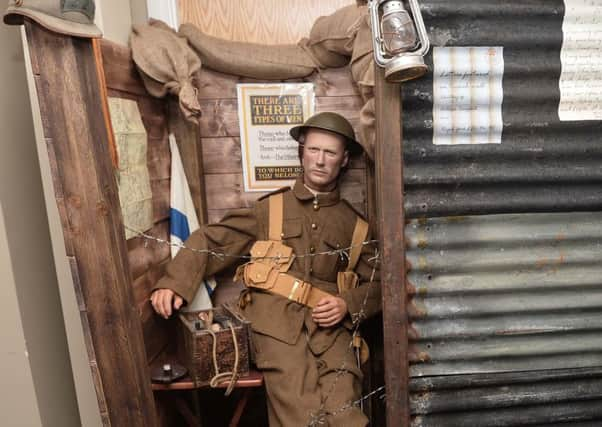

To put that Orange contribution in perspective, historian Jonathan Mattison said the same number of people from the entire island of Ireland volunteered to fight the Germans during World War One.
The stories of the Orange Order’s ‘Service and Sacrifice’ is the focus of a new exhibition of that name at the Museum of Orange Heritage at Schomberg House.
Advertisement
Hide AdAdvertisement
Hide AdMr Mattison, who is its curator, said: “The exhibition demonstrates that the Orange contribution to the Great War was much wider than just the British Isles.
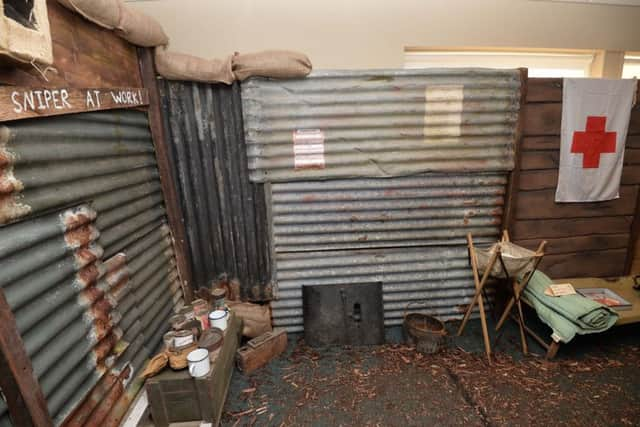

“In Northern Ireland we have a huge identification with the Somme, but our exhibition tells the story of those 200,000 Orangemen and women who served right across the globe.
“With an organisation the size of the Orange Order it’s no surprise they were so involved in the war effort.
“At one point in 1915 there were Orangemen serving on every single battleship of the Royal Navy’s North Sea fleet.”
Advertisement
Hide AdAdvertisement
Hide AdA number of significant items relating specifically to Orangemen in the 36th Ulster Division and other regiments from the period feature in the exhibition, as well as a number of battlefield incidentals and other artefacts.
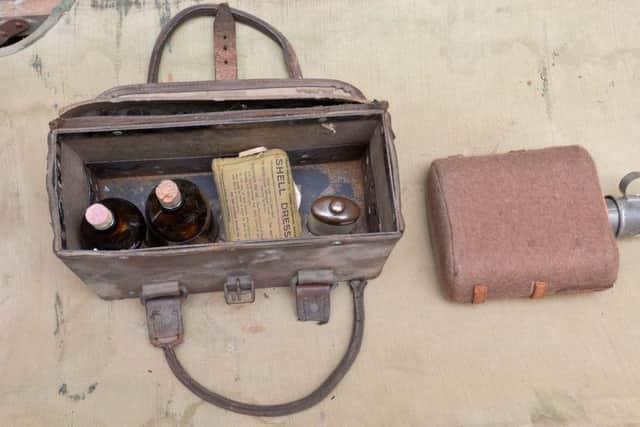

One of the most poignant displays in the exhibition is a memorial for father and son James and George Young.
James Young, an Orangeman from Newtownards, was deployed to the Somme with the Royal Irish Rifles before his son was born in 1915.
He was killed on the first day of the Battle of the Somme and is buried in France.
Advertisement
Hide AdAdvertisement
Hide AdHis son George fought with the Royal Scots Fusiliers at the start of the Second World War, he was killed in Ypres.
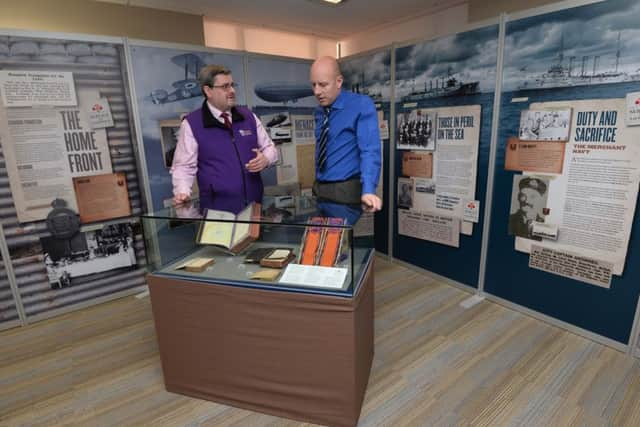

Mr Mattison said: “They never met. They died 24 years apart. One is buried in France, the other is buried in Belgium. They’re are all sad stories but that is quite a poignant one.”
Orange volunteers boosted the war effort from Canada, New Zealand and Australia, and closer to home in Ireland, Scotland and England.
At least five Orangemen were awarded the Victoria Cross for gallantry. Others like Benvarden Orangeman, John Meeke, were also hailed for their outstanding bravery on the front line.
Advertisement
Hide AdAdvertisement
Hide AdMany Orangewomen enlisted with medical and nursing units, including Jean Victor Bates, who served with the Ambulance Corps, and was recognised for her service by both the Belgian and Serbian governments.
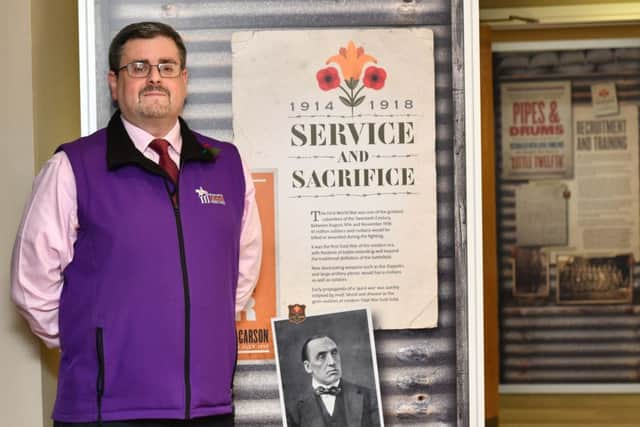

Their service prompted Sir Edward Carson to say on the Twelfth of July 1918: “I believe that throughout the whole of this war wherever Orangemen have been found they have been in the forefront of duty, ever willing to give a hand to bring about a successful conclusion to the war”.
In one of the displayed letters, a Co Antrim soldier writing home to his sister asks: “Well, how did you all get the Twelfth over?”
Visitors should look out for a mannequin made in the image of a young Clint Eastwood also features as a WWI soldier. A change of role for ‘Mr Eastwood’ who was one of Martin Luther’s printers in last year’s Reformation display.
The exhibition runs until December 15.
Advertisement
Hide AdAdvertisement
Hide AdThe exhibition which took six months to create with the help of the Orange Institution and wider community, has already played host to a number of school tours from the maintained and controlled sectors.
As well as a replica of a Royal Naval Armoured Car – The Ulster – which was deployed on the Western Front in 1915, the display also features a walk-through imitation World War One trench.
The exhibition was officially opened by David Wilsdon, whose great-uncle – David Russell – fought with the Royal Naval Division in Russia.